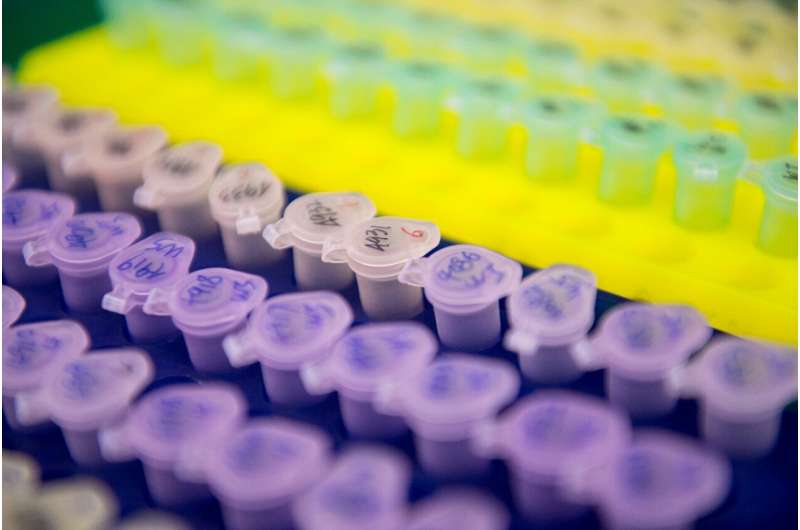Researchers uncover clues for COVID-19 treatment

By examining preexisting research for other conditions, researchers at the University of Cincinnati have found a potential treatment that could be applied to COVID-19.
The findings, published in the Journal of Biological Chemistry, established that a lipid found in the human body could be used to prevent or treat infections with SARS-CoV-2, the virus that causes COVID-19. That lipid, called sphingosine, is a natural element taken from the body and is important in the lipid metabolism of all cells and the local immune defense in epithelial cells, a type of cell that lines the surfaces of the body including skin, blood vessels, urinary tract and organs. They serve as a barrier between the inside and outside of your body and protect it from viruses.
"We investigated whether a specific lipid is able to interfere with the binding of SARS-CoV-2 to human epithelial cells," says corresponding author Erich Gulbins, MD, a visiting professor in UC's Department of Surgery. He is also chair of the Department of Molecular Biology at the University of Duisburg-Essen, Germany.
"Sphingosine has been shown in past studies to prevent and eliminate bacterial infections of the respiratory tract, but it is unknown if it can be used to prevent viral infections. The coronavirus needs to bind to specific molecules on the surface of human cells as a prerequisite to infect them," Gulbins says. "This is similar to the key and lock principle of a door: To open the door you must insert the key into the lock. We show that the lipid sphingosine binds into the cellular 'lock,' the receptor ACE2, for SARS-CoV-2 and thereby prevents binding of the virus to and infection of human cells."
Researchers in this study analyzed the use of this lipid in regulating infection in cultured human cells with SARS-CoV-2 particles added.
"We showed that sphingosine prevented cellular infection in these cultures, and pretreatment of cultured cells or freshly obtained human nasal epithelial cells with low concentrations of sphingosine prevented adhesion of and infection with the virus," says Gulbins.
"These findings indicate that sphingosine prevents at least some viral infection by interfering with the interaction of the virus with its receptor; it could be used as a nasal spray to prevent or treat infections with SARS-CoV-2," he adds. "The nasal spray must be developed, but sphingosine is a natural product. More research is needed to see if this could be a treatment for COVID-19."
Co-author Syed Ahmad, MD, co-director of the UC Cancer Center, professor and chief of the division of surgical oncology at UC and a UC Health surgeon, says this collaboration is particularly fascinating because it takes medical research from other areas of study and applies it to a timely public health issue.
"The ACE2 receptor has been studied and identified as a treatment target in pancreatic cancer," says Ahmad, the Hayden Family Endowed Chair for Cancer Research. "This is an example of taking existing research and applying it to COVID-19 science in order to make progress in the field. This is how translational science works."
More information: Michael J. Edwards et al, Sphingosine prevents binding of SARS-CoV-2 spike to its cellular receptor ACE2, Journal of Biological Chemistry (2020). DOI: 10.1074/jbc.RA120.015249



















